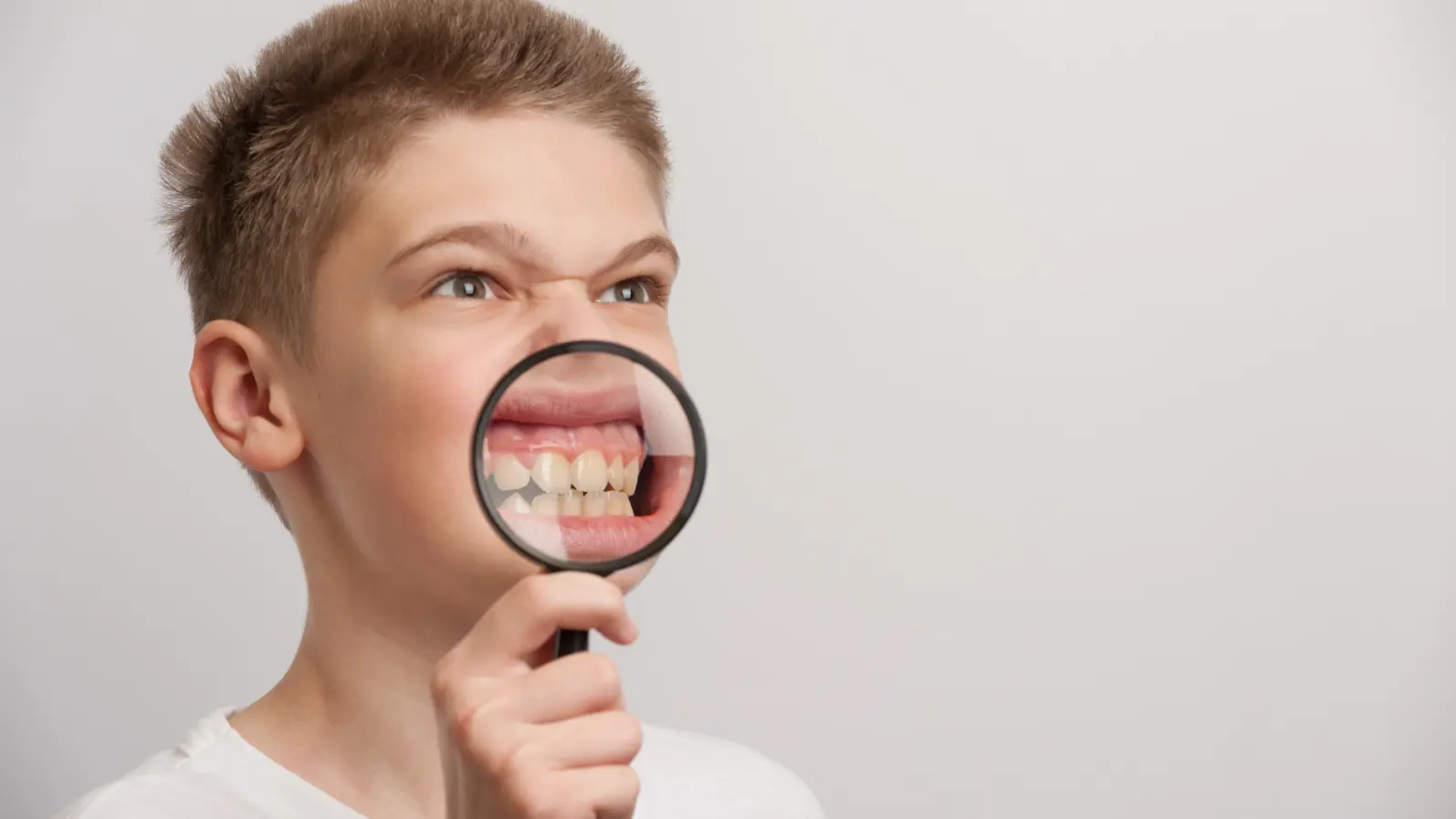
Chemokine Therapy Restores Balance Between Immune System and Oral Microbes
A Novel Approach to Stopping Gum Disease Before It Destroys Teeth
Gum disease (periodontitis) is one of the most common chronic inflammatory diseases worldwide. It begins when bacteria in dental plaque trigger an excessive immune response that damages the tissues supporting the teeth. Now, a study published in Proceedings of the National Academy of Sciences (PNAS) reveals a promising new therapy that could restore balance between the immune system and oral microbes — and even reverse tissue damage.
Researchers from the University of Pittsburgh and the University at Buffalo demonstrated that locally delivering a small immune-signaling molecule called CCL2 can reduce inflammation, protect bone, and rebalance the mouth’s microbiome. This finding may open new doors for treating not only gum disease but also other chronic inflammatory conditions caused by disrupted host–microbe interactions.
How Gum Disease Hijacks the Body’s Defenses
In healthy conditions, the mouth maintains a delicate equilibrium between bacteria and the body’s immune defenses. But when harmful bacteria dominate — a condition known as dysbiosis — the immune system overreacts, producing chronic inflammation that damages bone and tissue.
Macrophages, the immune cells that can either promote inflammation (M1 type) or help repair tissues (M2 type), play a central role in this process. In gum disease, the balance tips toward the destructive M1 type, fueling a vicious cycle of inflammation and bone loss.
Delivering CCL2: A Gentle Push Toward Healing
The researchers used a biodegradable polymer (PLGA) to create microscopic particles that slowly release CCL2, a chemokine known for attracting immune cells. Instead of applying antibiotics or surgical interventions, this therapy aims to reprogram local immune cells.
Using a mouse model of periodontitis, the team tested three treatment strategies:
Preventive – delivering CCL2 before disease develops.
Interventional – applying it during active disease.
Reparative – after removing the bacterial trigger, to promote healing.
In all three cases, CCL2 therapy reduced bone loss and, remarkably, stimulated bone regrowth and collagen fiber repair in the tissues surrounding the teeth.
Immune Modulation at the Cellular Level
Advanced single-cell RNA sequencing showed that CCL2 treatment shifted macrophages from a pro-inflammatory to a pro-healing state. The therapy inhibited the TREM-1 pathway, which amplifies inflammation, and activated the PKA pathway, which promotes tissue repair and resolution of inflammation.
This dual mechanism helped suppress excessive immune activity while encouraging regeneration — a key step toward restoring oral health.
Rebalancing the Oral Microbiome
Interestingly, the CCL2-treated mice also showed a healthier microbial balance. The treatment reduced the total bacterial load and prevented overgrowth of disease-associated species, suggesting that calming the immune system can indirectly reshape the microbial community toward a stable, healthy state.
Beyond Dentistry: A Model for Chronic Inflammatory Diseases
The findings highlight that targeting immune balance, not just killing bacteria, may be a more sustainable way to treat diseases driven by inflammation and dysbiosis. Because similar immune–microbe interactions are implicated in conditions such as inflammatory bowel disease, arthritis, and even Alzheimer’s disease, this approach may have far-reaching potential.
Conclusion
The study demonstrates that locally delivered CCL2 can prevent, halt, and even reverse gum disease by restoring harmony between the immune system and the microbiome. This immunomodulatory therapy represents a shift from traditional “kill the bacteria” approaches toward retraining the body’s defenses — offering hope for safer and longer-lasting treatments.
Reference:
Shehabeldin, M., Gao, J., Cho, Y., et al. (2024). Therapeutic delivery of CCL2 modulates immune response and restores host–microbe homeostasis. Proceedings of the National Academy of Sciences, 121(36), e2400528121.